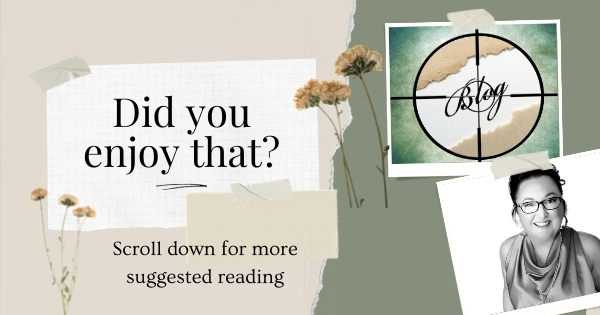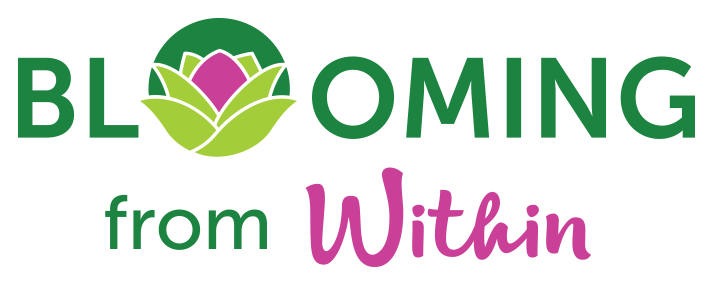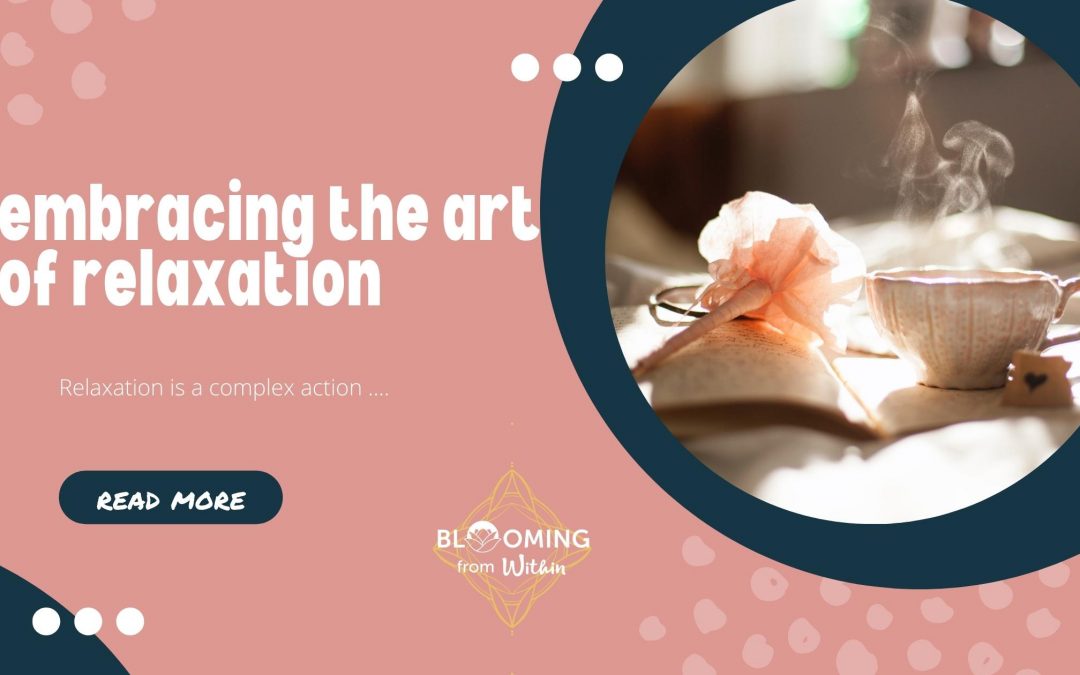The Art of Relaxation
I read a fabulous quote the other day, “relaxation is one of the most complex phenomena – very rich, multidimensional“, I just wish I could locate the author to give credit, because this quote is gold!
Right now, we’re experiencing a level of societal stress that hasn’t been experienced since the recession in the 1980’s, or for those still alive, the great depression during the war.
For most people, having experienced two years of uncertainty and unknown during the pandemic, worrying about whether life will return back to normal, has exacerbated our sympathetic nervous system’s flight-fight response. Extended lockdowns has not been kind for most, and from a mental health perspective, damaging and traumatic. Effectively our capacity to feel calm and relaxed has been interupted, and in some cases reduced, due to long term stress.
Everyone on the planet, has something in their past, which is unresolved, and causes them to feel triggered in present day. This trigger drives a neurological survival response.
As a clinical practitioner, I support clients to learn how to recognise when they have activated their neurological survival programs of flight-fight-freeze. I joke that this state of survival makes you look like a meerkat, looking this way and that with crazy eyes.
When you’re in meerkat mode, you have reduced capacity to absorb all of the informaation in your visual field, so you have to turn your head at everything that moves. This leaves you feeling a little ‘hyped-up’. It also uses an incredible amount of physical energy, and leaves you feeling very tired at the end of each day.
To tell someone to relax when they are in meerkat mode is useless, because they have no capacity to undertake any higher ordered thinking (in the neo cortex), or find relaxation solutions (pre-frontal cortex). When you have activated your sympathetic nervous system, and look/feel like a meerkat, you are operating your repitillian brain – you’re doing whatever it takes to survive.
Why relaxation is complex?
1. Need To Feel Safe
There’s a number of emotional investments we have to work through in order for the relaxation effect to work. Taking note that we’ve likely activated our meerkat survival program, we have to be able to firstly feel safe. This sounds a little odd, but understanding that if you feel safe, you are more likely to deactivate the survival program and neurologically return to a state of ‘rest-digest‘ of the parasympathetic nervous system.
When working in clinic, I always advise the client to start with slow and purposeful breathing. I lead the way, and we harmonise our breathing rhythms – it always feels safer to work in pairs or groups. Working in isolation, or infront of a practitioner, can feel intimidating, which perpetuats the meerkat survival behaviours.
The outward breath is always through an open mouth, supports toning of the vagus nerve (longest cranial nerve which influences breathing, heart rate and digestion). Marrying the breath of the practitioner provides you with evidence that you can change, and do have internal resources to achieve relaxation. This builds energy for trust in self.
2. Becoming Present
The breath brings us into the present moment. This is the place in time where you can proactively create change in your life. This is the neurological space that we can switch from being a meerkat and back into rest and digest (of the parasympathetic nervous system). When we activate this switch, we regain access to reintegrate our brain function, to access the neocortex and pre frontal cortex.
3. Learning to Trust
An integrated brain means that your capacity for analysing the issue, identifying solutions to feel safe can begin. When we feel safe in the space of purposeful breath, we are creating capacity for learning to trust in our individual abilities.
Often when I work with employers or teachers, I take them through a variety of relaxtion techniques after revisiting purposeful breath. Actively demonstrating how focus, motivation and memory all improve with these simple mindful breathing activities enables the client to return to their collective tribe of colleagues or students and share their experiences.
4. Learning To Let Go
Many of the corporate presentations I do, involve introducing how the brain works at a very basic level. I actively discuss the survival switch and meerkat mode. It’s worth noting that I’ve never had anyone NOT connect with that anxious or overwhelmed feeling.
At every single presentation, I ask participants to rate their level of stress. We discuss we’re in a safe space, and I invite them to close their eyes. I take them through some basic breathing techniques as well as some guided meditation to identify and let go of stress. We open our eyes and I check in with how they’re feeling.
Re-introducing participants to their relaxed self is often a surprising revelation for the audience. Their perception that relaxation is hard, has been disproved.
Participants quickly learn to recognise that letting go can be as easy as connecting into themselves, registering where they store stress, and breathing it out.
It’s often not until we have physically overridden the nervous system that we realise how much stress our body has been carrying. The use of the quick breathing technique is often all people require as evidence that they can let go of their stuff in their mental and emotional realm. Afterall overanalysis of thoughts and feelings wastes a lot of physical energy.
5. Do Good, Not More
Purposeful breathing is a type of relaxation that is extremely effective when consistently repeated.
At corporate presentations, I find myself discussing strategies with leadership, of the neuro-biological need for regular mindfulness practice to drives higher efficiencies and focus in staff.
Asking staff to do more when there is little to no physical/mental capacity is a receipe for disaster.
Asking staff to do good, and supporting them with resources to be good, is in my opinion an ideal space to start.
Conclusion
Relaxation therefore is art and at times complex, because it requires a consistent commitment to undertaking actions that support you feeling safe, being able to trust, and let go.
It’s only when we are present, and not operating a past tense survival program that we can focus on the things you can embrace (rather than control).
During a typical working day, depending on the type of work, you may need to reset your nervous system at regular intervals. Breathing techniques, getting up for water breaks, and changing your visusal field all contribute to resetting your neurological state.
For more information about our survival switch and techniques to defuse it, view my book “This Is My Roar – Transform Your Trauma Tale.” Click here for more information.

Want to read more like this?
Self Reflection – A little Look Within – click here
8 Hot Tips How To Journal – click here
Can You Risk Not Stepping Up To Mother yourself? – Click here
How To Stop Making Excuses & Start Living Your Best Life – Click here
About Karen
Change Facilitator
Karen Humphries is a Kinesiology Practitioner, Health & Business Coach, LEAP & NES Practitioner, Intuitive Meditation Facilitator, and self-confessed laughaholic. She loves being of service to the world with her humorous and positive approach to life, encouraging people to ‘choose to change and bloom from within.’


